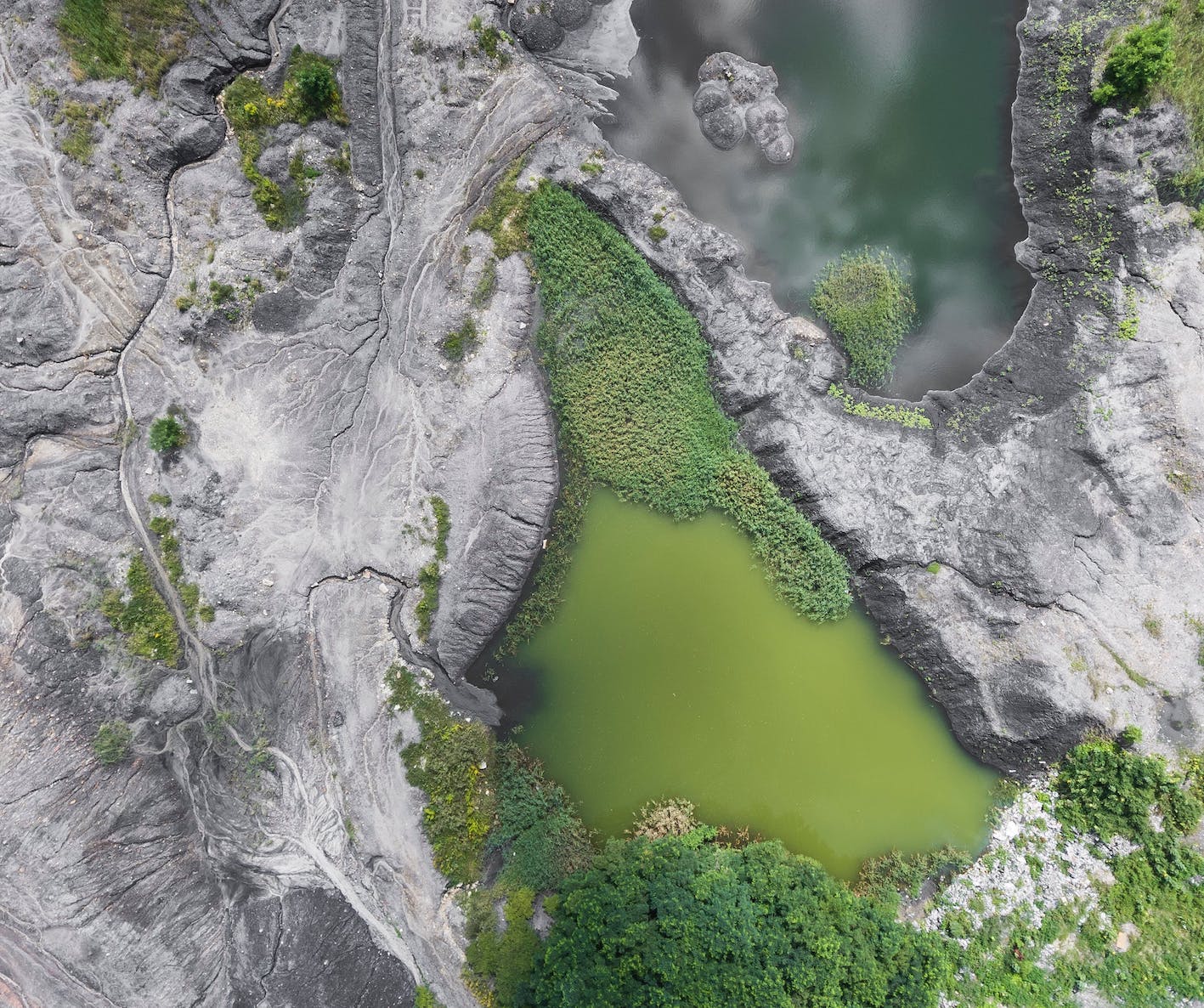In Catalonia, a state of drought emergency was declared yesterday. A mid-winter drought that has been raging since autumn 2020, with an overall precipitation deficit of 500 millimeters, leading to unprecedented water stress. Today, Catalans consume only 200 liters of water per person per day, but fashion can have a significant impact on drought and water resources in a number of ways. Water consumption for textile production and the environmental impact of growing raw materials are the main factors. To raise awareness, here are some key points on how fashion contributes to drought:
Excessive water consumption for textile production
Textile production requires large quantities of water. For example, it takes around 2,700 liters of water to produce a single cotton T-shirt – the equivalent of 70 showers. This water consumption is particularly problematic in regions already affected by drought.
Cotton growing
Cotton, one of the fashion industry’s main raw materials, is particularly water-hungry. Growing cotton in arid or semi-arid regions can exacerbate drought problems and deplete freshwater reserves.
Water pollution from chemical dyes
Textile dyeing and treatment processes can pollute water with toxic chemicals, reducing the availability of clean water for local communities and agriculture.
Poor management of water resources
In many textile-producing regions, inefficient management of water resources and unsustainable agricultural practices exacerbate water stress.
Climate change due to greenhouse gas emissions
The fashion industry also contributes to climate change through its greenhouse gas emissions, which can alter rainfall patterns and increase the frequency and intensity of droughts.
How can these impacts be mitigated?
For fashion companies, it’s becoming essential to adopt more environmentally-friendly production practices, use alternative materials that require less water, and encourage consumers to choose ethically and sustainably produced or second-hand clothes over fast-fashion brands.
Photo : Pexels
Visit the Greenpeace website for more rational water consumption




